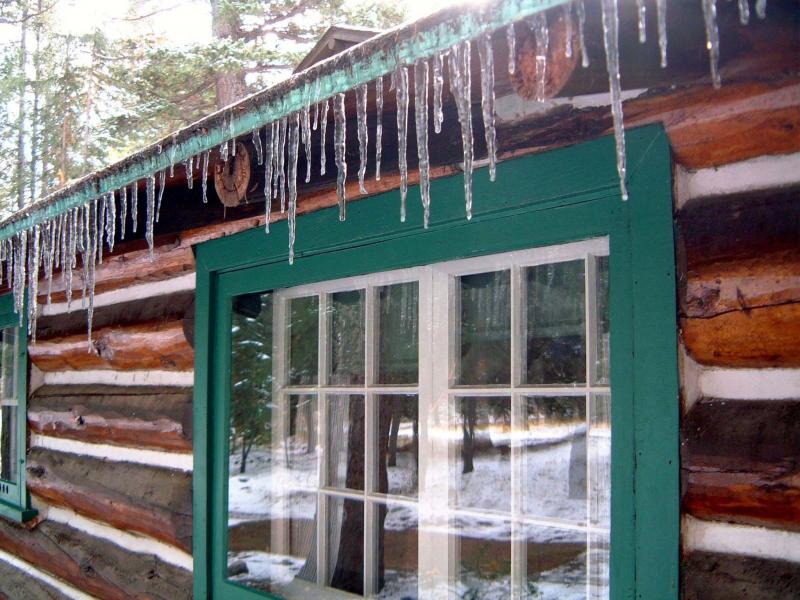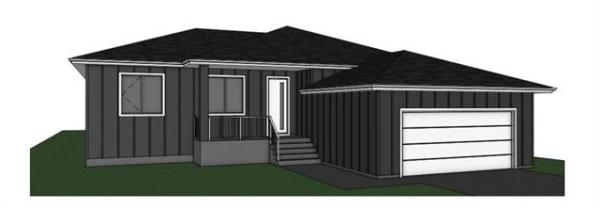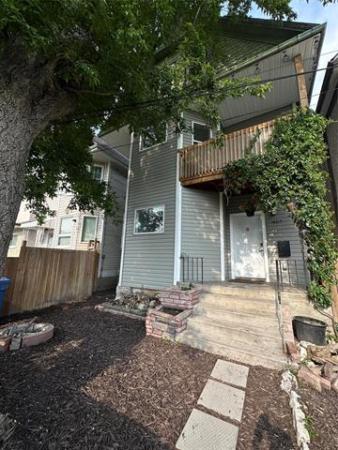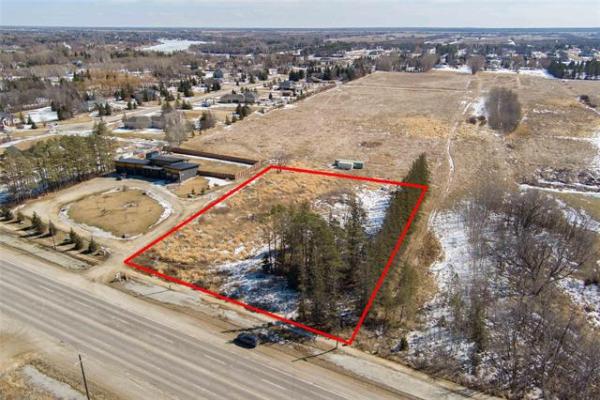Question: We have a post-on-pad summer cottage in Whytewold, not skirted. The water system was drained the first week in October. We have plastic sheeting over most of the windows, the thin film that you shrink with a blow dryer. We have baseboard heat. If there is a mild spell this winter we might want to stay at the cottage for a few nights. There is an Artesian well a few blocks away that runs 24/7 year round, so no problems accessing fresh water. We have a holding tank that is periodically pumped out, no field.
If we are flushing the toilet with buckets and then following up with RV antifreeze before we leave, is there any risk to freezing and cracking the sewer pipe? Is there a risk that we’d be causing moisture damage, since we’d be turning the heat on while we are there and then turning it off after a few nights?
— Jeff Dovyak
Answer: Heating up a building that has been "winterized" for a few days may cause some moisture-related issues, but should not be too difficult to prevent with some simple precautions. The plumbing drains should not be a concern, either, with some pre-winter preparations and ensuring they are fully thawed and open before use.
Your question is one that many cottage owners may grapple with on an annual basis. It may not be economically or environmentally feasible to leave a mostly seasonal building heated for the entire winter, just for periodic use.
So, does it make sense to drain the plumbing water supply system and install antifreeze in the drains and plumbing fixtures, only to heat it up in the dead of winter for a few days’ use? While the decision may depend on several factors beyond the scope of this discussion, choosing to do it should not create any problems, if done properly. The key to this process is to remember to reheat the cottage and thaw the systems slowly.
Keep in mind it may have taken several weeks, or months, for the cottage to cool down to the current frozen state. This likely occurred with several severe changes in temperature, which may have caused some natural freeze/thaw cycles. Since the water pipes were drained, and plumbing antifreeze installed in the toilets and traps, that should not have caused much of an issue with that system. Reheating these items should also be done somewhat gradually, before filling the tanks with well water, to prevent unnecessary stress. Turning the heat up gradually should allow the toilets to acclimatize, minimizing the potential for damage and leakage.
Your concerns about moisture issues building up because of short heating and usage of the building are reasonable, due mostly to human occupancy issues. A fair amount of moisture can be released inside the cottage simply from cooking and breathing, but that should be minimized without the use of the shower or bathing facilities. This may be compounded by the plastic sheathing over the windows, further trapping warm air inside.
Minimizing the moisture buildup in the cottage could also be accomplished by periodic use of bathroom and kitchen exhaust fans, even without showering.
The true key to preventing excessive moisture issues is to leave the doors partially open while slowly returning the building to sub-zero temperatures. This may require staying around for several hours after shutting down, but that should ensure enough dry outside air is brought inside, while the bulk of the warm, moist indoor air is expelled.
One area of real concern may be exposed plumbing drains under the open floor of the cottage. Because these will not be sufficiently warmed with reheating of the dwelling, they may still be subject to freezing and blockage due to exposure to freezing temperatures. If they have sufficient slopes, or are well-insulated or protected from the exterior environment, there may be little concern. But if you have exposed sections of the drains near or above grade, with minimal slope to your holding tank, then using your toilets or sink drains may be risky.
One solution to preventing freezing of the drains could be to cover them with straw bales or moisture-resistant insulation before shutting down for the winter. Also, electric heat trace cables could be wrapped around the pipes and plugged in only when you venture out for winter use. Placing a few more straw bales along the ground, over top of the holding tank and the below grade drain pipes, may further prevent issues with freezing pipes. Refilling the toilets and traps in the other plumbing fixtures with plumbing antifreeze after periodic winter use will also be required before shutting off the heat.
Preventing moisture issues inside your cottage after a brief winter warm-up and use may require additional ventilation while cooling back down, to replace the warm indoor air with dry, fresh air from outside. Insulating the plumbing drains and holding tank prior to initial freeze-up, along with replacement of the plumbing antifreeze after winter use, should also lessen the chance of damage to the plumbing drains from freezing. Following these guidelines should minimize the chances of any major complications from your desire to enjoy your cottage for a brief period during the long, cold winter.
Ari Marantz is the owner of Trained Eye Home Inspection Ltd. and the past president of the Canadian Association of Home & Property Inspectors — Manitoba (cahpi.mb.ca). Questions can be emailed to the address below. Ari can be reached at 204-291-5358 or check out his website at trainedeye.ca.
trainedeye@iname.com




